
Ernst & Young reinvents sales globally with Microsoft Dynamics 365
This article is contributed. See the original author and article here.
Building a successful sales team starts with collaboration and insights. To boost performance across the sales journey, business development professionals must be empowered to engage across internal teams to better connect with customers and easily interact with data and insights. Like any organizational transformation, adapting teams to a new way of selling requires coordination between people, process, and technology—a challenging effort for any organization.
So, how does one of the largest professional services organizations in the world—with almost 400,000 people across 700 offices in 150 countries—transform and connect a sales organization that spans nearly every corner of the globe?

Microsoft Dynamics 365 Sales
Optimize your organization and transform your sales processes.
For Ernst & Young LLP (EY), one of the largest professional services member firms worldwide, its sales transformation journey included Microsoft Dynamics 365 Sales. EY began its extensive rollout of Dynamics 365 Sales with the simple mission to deliver exceptional client service. By equipping more than 100,000 EY member firm professionals across the globe with an intuitive customer relationship management (CRM) system that is integrated across marketing, sales, delivery, and insights, EY can help its clients and itself maintain a competitive edge across markets.
The sales system also sets the stage for enhanced seller productivity with Microsoft 365, including the ability to access and collaborate on customer opportunities within the flow of work from Microsoft Outlook and Microsoft Teams. And Microsoft Copilot capabilities are expected to help sellers work more efficiently and improve customer experiences with email assistance, personalized sales content creation, AI-generated insights, and recommendations for next steps.
Breaking down barriers for a globally-connected team
To help their clients solve their most complex problems, EY needed a digital sales foundation that helped enable sellers to be connected, proactive, and insightful with a deeper understanding of account and opportunity data. A collaborative sales system can empower teams to help deliver consistently exceptional client services and continuously adapt to rapid changes across each client organization, industries, and entire markets.
That’s why EY turned to Microsoft Dynamics 365 Sales and the latest advancements in AI to both unify and transform sales processes with a goal to improve cross-team collaboration and deepen connections with clients.
Led by a need for a more integrated approach to client relationship building focused on client value, EY identified the people who would gain the most from a global sales transformation. For example, EY pursuit leaders, who are dedicated to leading complex client relationships, could benefit from deeper insights into client and industry issues to deliver the right set of solutions when pursuing opportunities. Client-serving teams could also benefit from a system that provided targeted, meaningful information and insights, helping them to create winning proposals in less time.
In 2022, EY and Microsoft got to work on an architecture design and implementation plan for a sales platform that bridged both existing solutions and a modern, future-proof platform for insights, automation, collaboration, productivity, and reporting. These transformative solutions build on a years-long commitment to power growth and innovation of EY on Microsoft technologies such as Microsoft Azure, Microsoft Azure OpenAI Service, Microsoft Fabric, Microsoft Power Platform, Microsoft 365, and Microsoft Dynamics 365.
A new way to power a global organization
EY client-serving teams around the world are standardizing sales processes on a single, unified customer relationship management and productivity system. On this new, flexible platform, with the ability to integrate third-party applications and adapt new technologies, teams can leverage both tools they currently depend on and leverage the latest in Dynamics 365 and AI enhancements.
For example, teams will continue to manage engagements in SAP ECC, but the integration with Dynamics 365 Sales will help ensure a more seamless handoff of crucial information to delivery. This allows EY to take advantage of Microsoft capabilities, such as Microsoft Power BI data visualizations, Outlook, and Teams for enhanced collaboration and AI and automation features to streamline processes.
“We’ve brought the opportunity management process closer to where we spend our time—in Outlook, in Teams, and on the go while on mobile.”
Kris Kuty, Global Product Manager, Ernst & Young LLP
Early signs of success
Only months after deployment, EY reports that the new sales platform is making a real impact on the way they do business. Some of the results include:
- An enhanced CRM solution that has connected marketing, sales, and service processes for better collaboration between teams.
- Greater access to intelligence and insights, enabling client-serving teams, financial forecasters, and business planners to be more efficient and knowledgeable, equipped to make better decisions faster, and, ultimately, make deeper connections with clients.
- Standardized sales processes and unified views across accounts, using a globally consistent and streamlined system that includes a mobile Power App, Outlook, and Teams, with integrations to key EY systems for master data, risk management, and enterprise reporting. EY sales, service, and finance teams can access the information they need when they need it, right in the flow of work.
- Improved pipeline visibility, giving EY client-serving teams a clear view of client pursuits across their broad services, supported by contextual insights into each sales contact and activity.
- Tighter team collaboration, leading to more connected peer conversations and better outcomes for their clients’ most complex challenges.
Moving forward, the EY sales excellence journey will include AI and Copilot. To reinforce Dynamics 365 Sales as a key enabler for client serving individuals they expect to:
- Provide AI-based recommendations for client communications and next best topics utilizing historical interactions as well as industry insights and trends.
- Analyze seller behavior to recommend new ways of working.
- Provide AI-driven recommendations for deal scoring and lead prioritization.
“We are extremely excited about what is coming and what is possible. We’ve already kicked off with Copilot and the possibilities with AI are extremely attractive as we aim to serve our clients even better. We have our integrated platform in place, with Dynamics 365 Sales at the center. Now we can build on this and continue the transformation.”
Jeremy Hallett, Global Markets Enablement Leader, Ernst & Young LLP
Better positioned to design and deliver transformative cloud solutions to organizations worldwide
The EY transformation story showcases how Dynamics 365 Sales can help complex, regulated, multi-national organizations inspire a unified, customer-focused global sales operation—empowered to move business forward with a shared vision and digital toolkit. And, as one of Microsoft’s top systems integrators, EY is well positioned to help deliver that value to organizations everywhere.
“Putting Dynamics 365 and Copilot in the hands of more than 100,000 EY member firm professionals showcases how modern architectures and the latest advancements in AI create competitive advantage. Part of embarking down this journey was to demonstrate for our clients that it can be done for even the most complex global enterprises. The time is now to create new ways of working with AI-powered transformations.”
Jim Little, Global Microsoft Alliance Leader, Ernst & Young LLP
The EY organization can help complex organizations find their own path to differentiate with Dynamics 365 and AI and surface the right data for personalized customer experiences, critical business insights, and operational agility. Applying direct learnings from their global implementation of Dynamics 365 Sales, as well as day-to-day experiences using the technology, will bring a wealth of additional perspective, insights, and guidance to every engagement.
Learn more about Dynamics 365 Sales, as well as the EY Microsoft Alliance.
The post Ernst & Young reinvents sales globally with Microsoft Dynamics 365 appeared first on Microsoft Dynamics 365 Blog.
Brought to you by Dr. Ware, Microsoft Office 365 Silver Partner, Charleston SC.

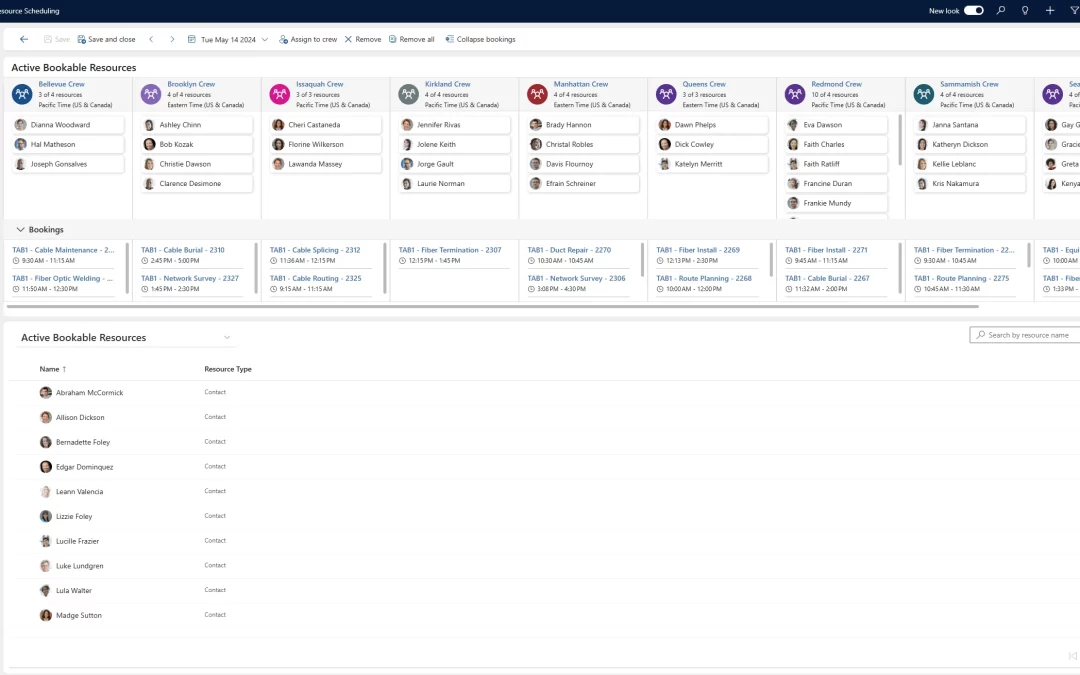
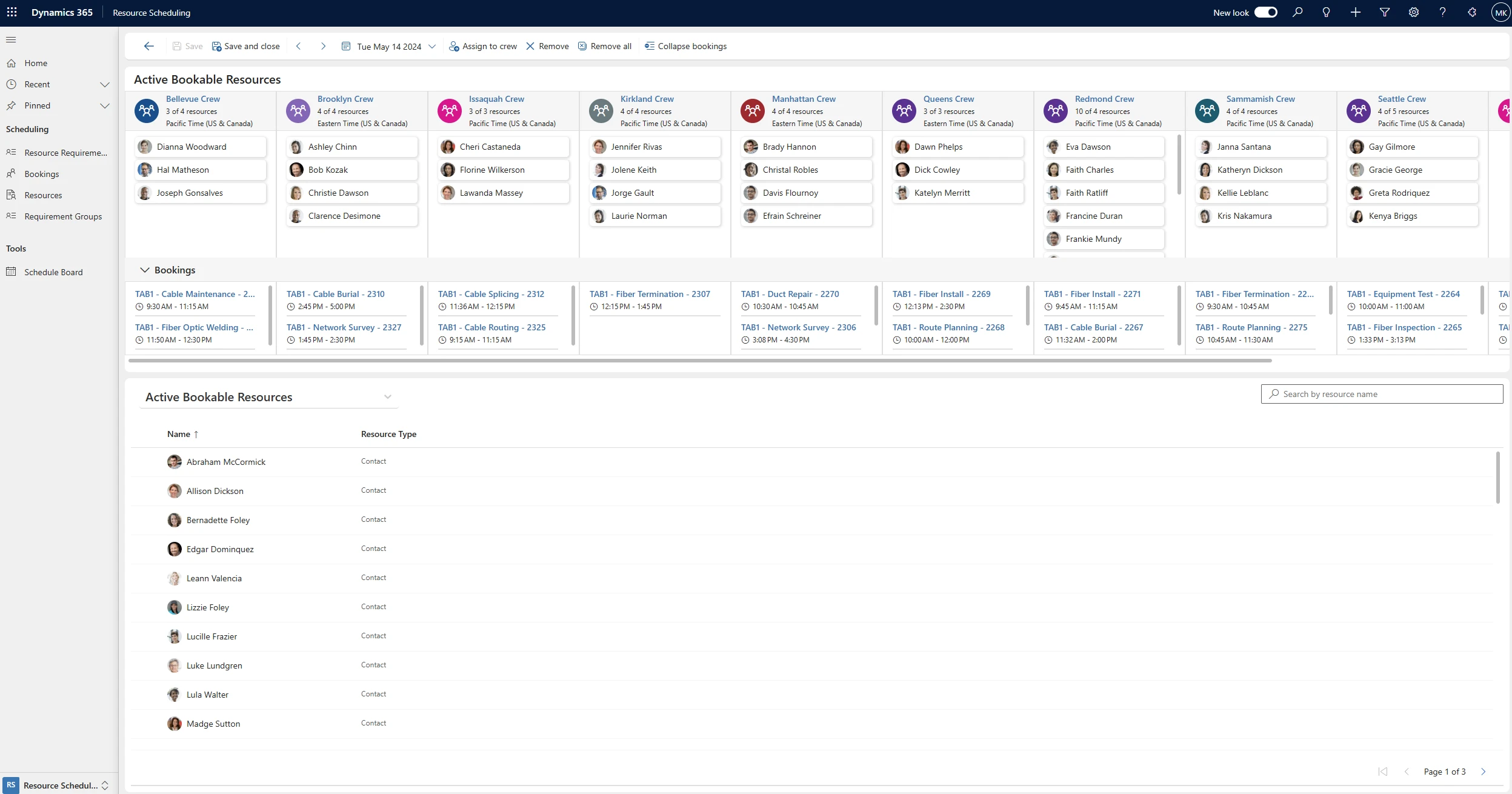

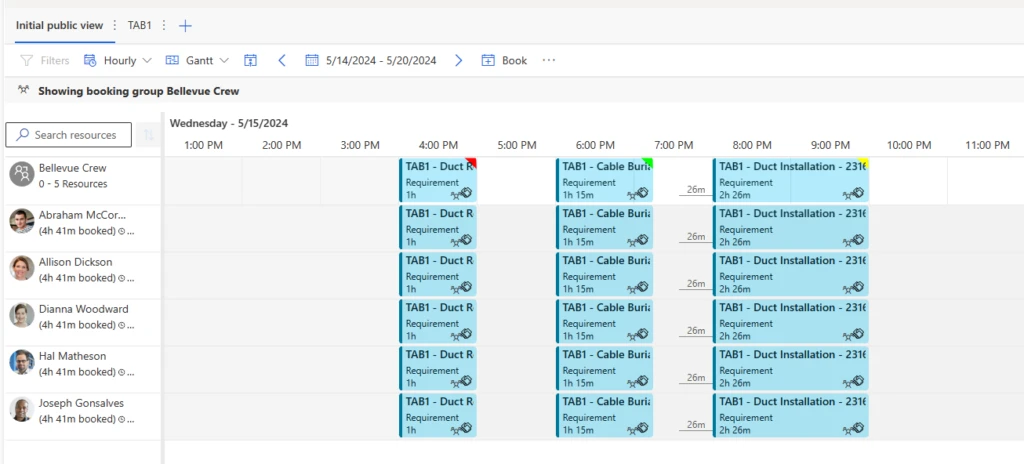


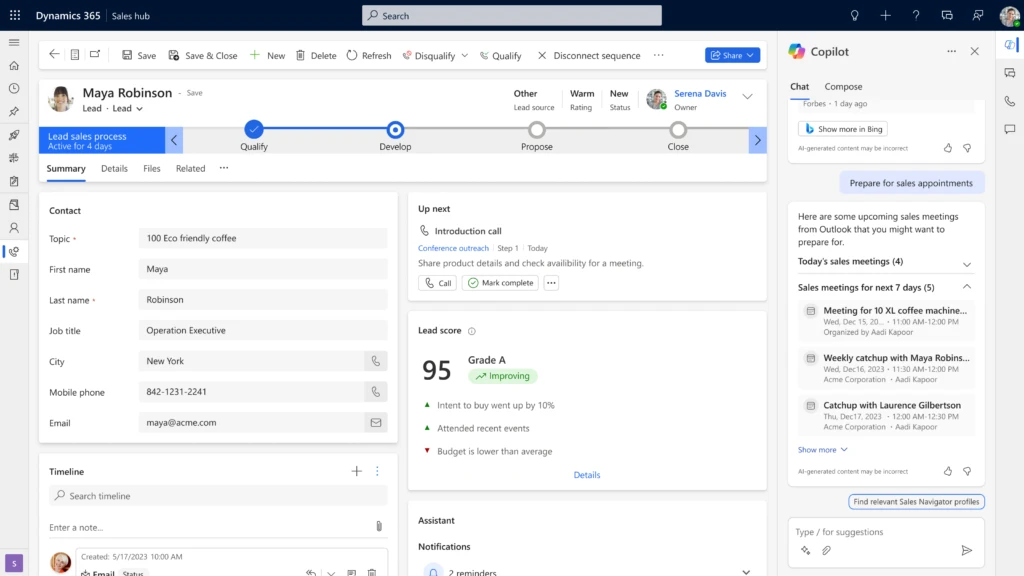
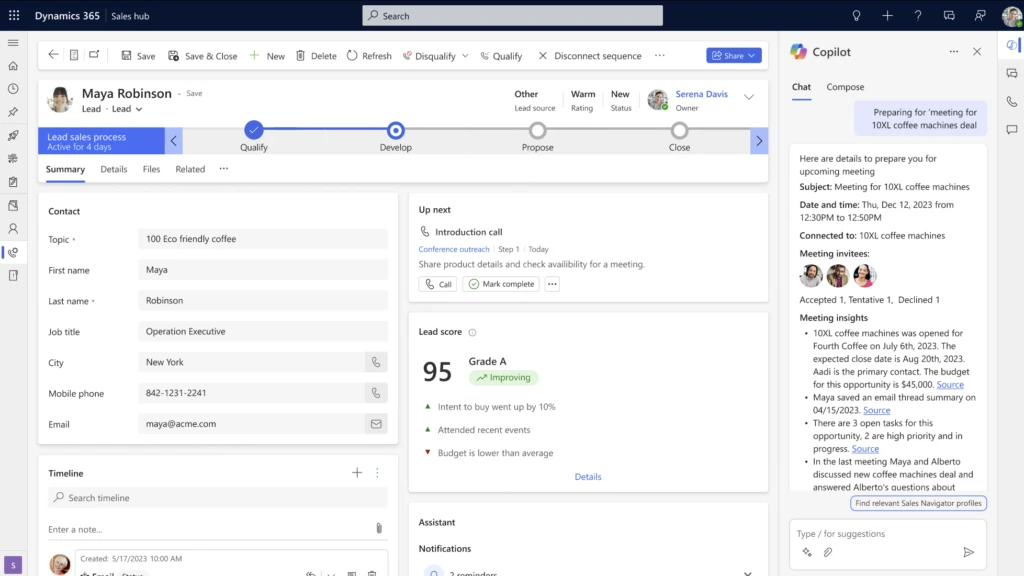

Recent Comments